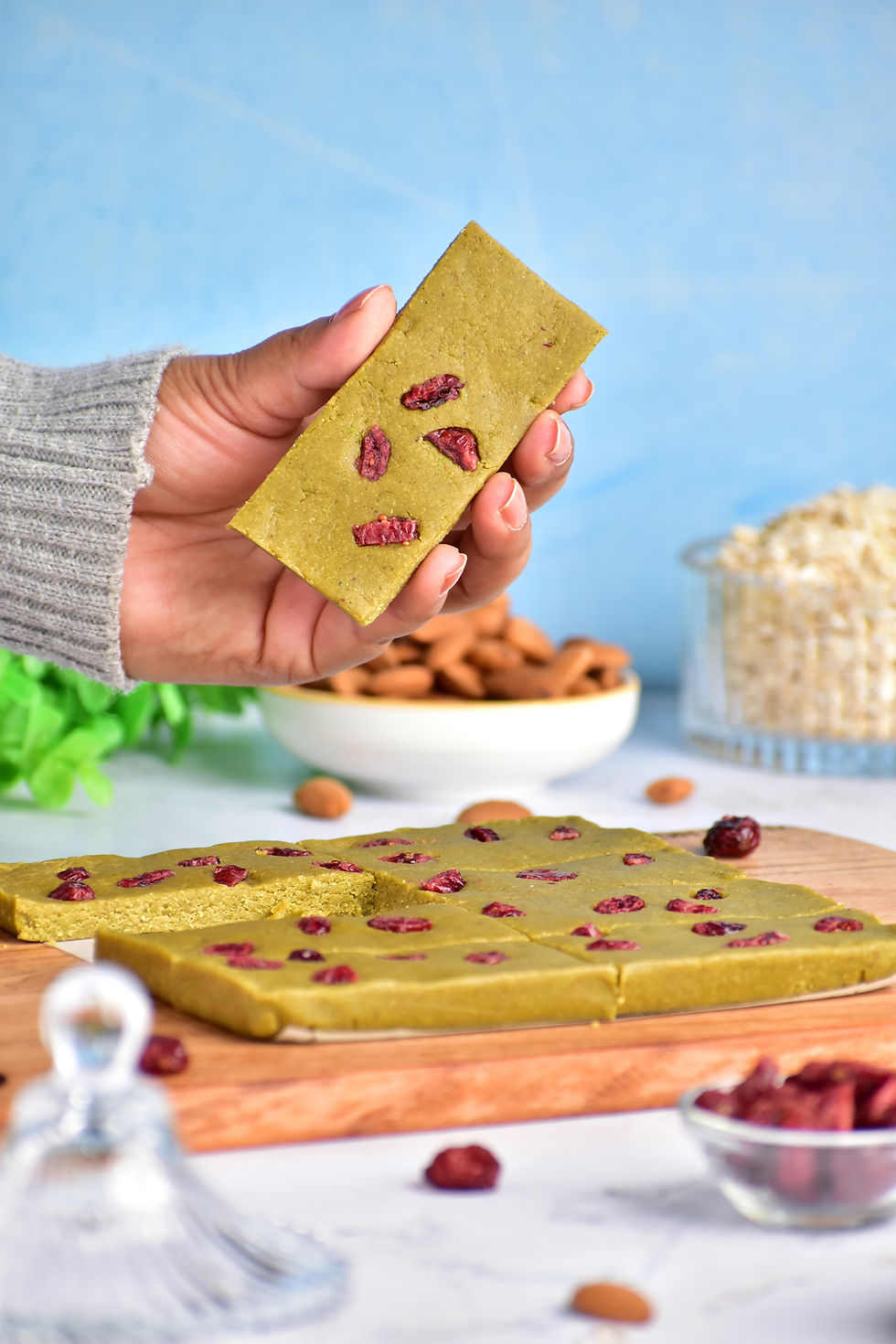Pandan Kueh Lopes / Lopes
- My Blue Tea
- Sep 25
- 3 min read
Updated: Oct 27
Easy Pandan Kueh Lopes without wrapping in banana leaves
Kueh Lopes is one of many favourite breakfast treats among the locals here in Singapore, Indonesia and Malaysia. This kueh is basically glutinous rice wrapped tightly in banana leaves and boiled or steamed. It is served with grated coconut and drizzled with gula melaka syrup ie Gula Melaka is a fragrant, caramel flavoured Malaysian Coconut Palm sugar.
This recipe is an easier way to make Kueh Lopes without having to wrap with banana leaves into triangular shape individually and especially if you are a mom of school going children. Try it!!

How to make this easy Pandan Kueh Lopes?
Ingredients :
Pandan Water:
1 tspn Pandan Powder
1 tspn Pandan Liquid extract (for added colour)
1 cup water
Glutinous Rice:
2 cups glutinous rice (soaked in Pandan water)
1/3 cup thick coconut milk
½ tsp green food colouring (optional) or
use Spinach juice
Pandan Kueh Lopis, a Javanese history

The traditional Pandan Kueh Lopis
which we published as Ramadan starter -
an Indonesian inspired Vegan Pandan Steam cake with Glutinous rice or known as "Kue".
Pandan Kueh Lopis (also known as Lopis or Lupis) is a traditional Indonesian sticky rice cake with deep roots in Javanese culture. Its history is not well-documented in written records but is preserved through oral tradition and its enduring presence in culinary practices.
Here’s a brief overview of Kueh Lopis :
Ancient Origins: The cake is believed to be centuries old, originating in Central and East Java. It was likely created as a special offering (sesajen) for religious ceremonies, village festivals (selamatan), and major holidays like Lebaran (Eid al-Fitr) and Syawalan.
Symbolic Shape: Its distinctive pyramid or triangular shape, wrapped tightly in banana or coconut leaves, is highly symbolic. The shape is thought to represent a pocket or pouch, meant to hold blessings, gratitude, and good wishes.
Name and Meaning: The name "Lopis" or "Lupis" itself is thought to be derived from the Javanese word "lepas" (to be free or finished), signifying the completion of a fasting month or a cycle of work, and the hope for a smooth transition into a new phase.
Pandan Evolution: While the basic cake is made from glutinous rice, the widespread use of pandan leaves is a later enhancement that became integral to its identity. The pandan provides a beautiful green colour and a unique, fragrant aroma that makes the dish distinctly Southeast Asian.
Enduring Legacy: Today, Kueh Lopis remains a beloved traditional snack (jajanan pasar). It is a testament to Indonesia's rich culinary heritage, representing the ingenuity of using simple, local ingredients like glutinous rice, coconut, and palm sugar to create a dessert that is both humble and deeply meaningful.
In essence, Pandan Kueh Lopes or Lopis is more than just a dessert; it is an edible piece of Javanese cultural history.
Coconut Topping:
1 cup grated coconut
½ tsp salt
Palm Sugar Syrup:
1 cup water
2 tbsp sugar
2 pieces (cubes) palm sugar (gula melaka)
1/2 tspn Pandan Liquid extract (for extra fragrance)
Enjoy these fragrant, sweet, and sticky delights with a cup of tea! Perfect for sharing with family and friends—a true taste of Asian dessert tradition. Selamat mencuba! (Happy cooking!) 💚




Comments